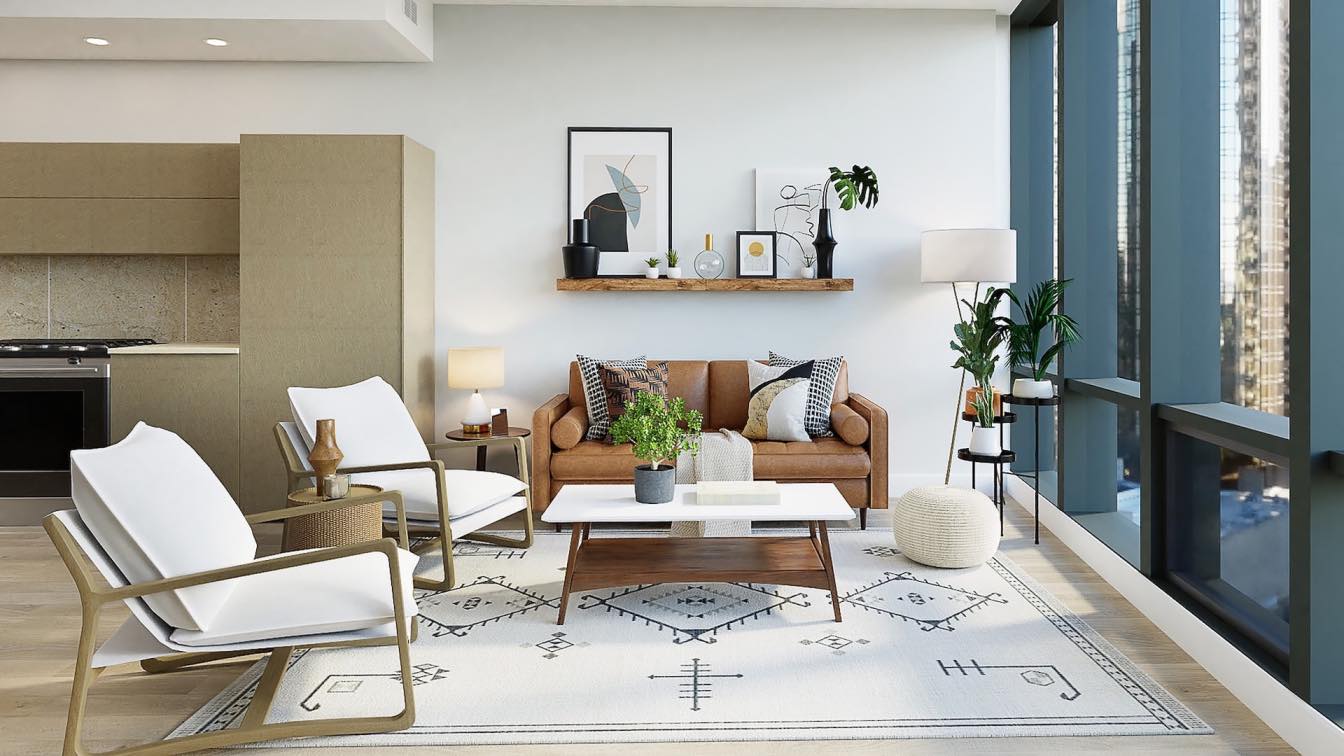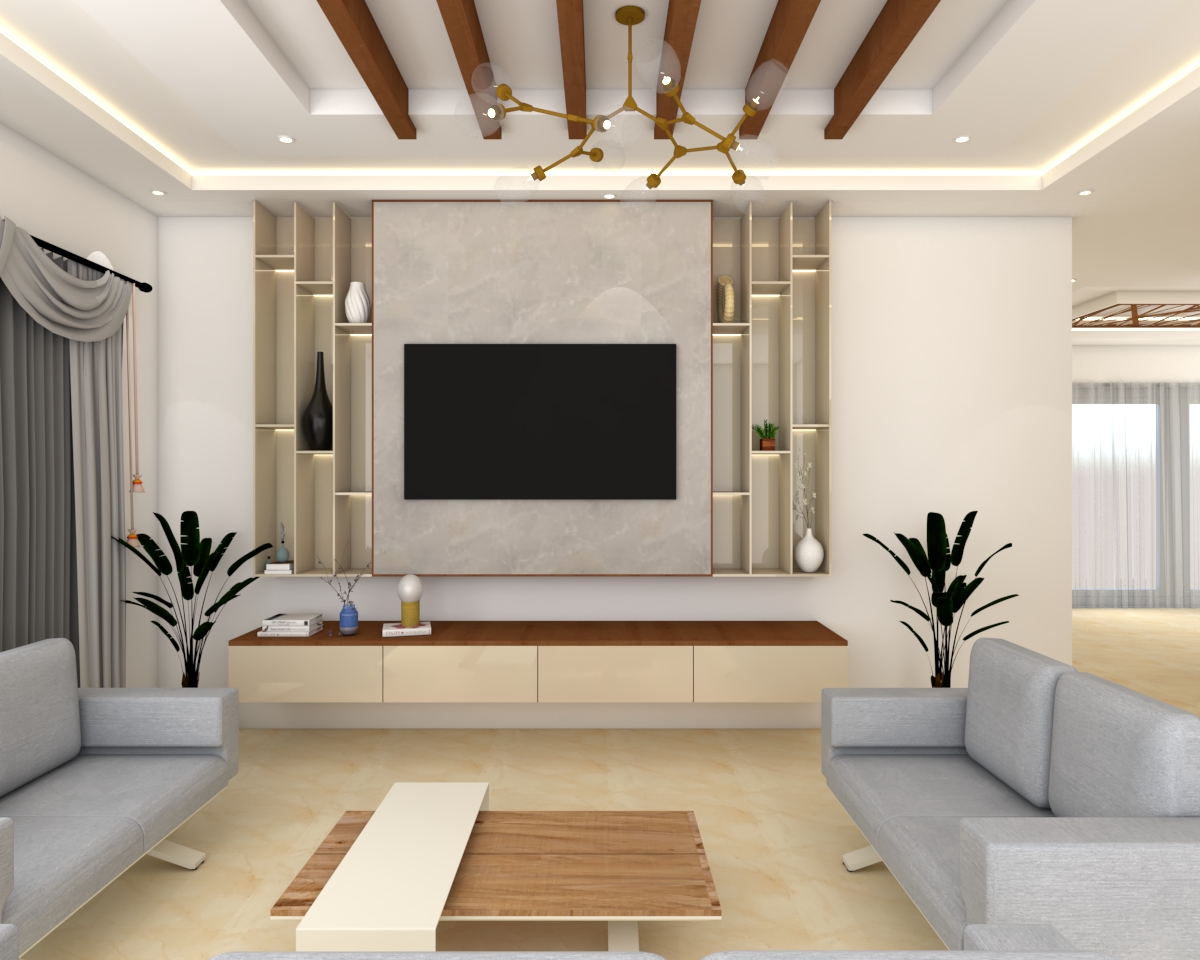Redefining Areas: The Role of Interior Architecture Miami in Modern Design
Redefining Areas: The Role of Interior Architecture Miami in Modern Design
Blog Article
Why Comprehending the Principles of Interior Layout Is Crucial for Effective Area Preparation
Understanding the principles of interior layout is basic to effective space planning, as it lays the groundwork for creating environments that balance performance with aesthetic charm. Necessary components such as percentage, circulation, and balance are not simply ornamental considerations; they are important in enhancing how a space is made use of.
Relevance of Room Preparation
Area planning is a fundamental facet of indoor design that considerably influences the functionality and looks of an area. It involves the strategic setup of furniture, components, and building elements to maximize making use of readily available area while enhancing the total individual experience. Effective room planning addresses numerous aspects, including circulation, ease of access, and the certain needs of the owners.
Among the primary advantages of space preparation is its ability to boost spatial effectiveness. Interior design studio Miami. By thoughtfully arranging a layout, developers can ensure that every location serves a function, reducing mess and promoting a sense of order. In addition, appropriate room planning fosters an unified setting, permitting smooth movement and interaction within an area
Furthermore, effective space planning takes into account all-natural light, sightlines, and the partnership between different locations. This holistic method not just elevates the visual appeal but likewise adds to the well-being and productivity of the owners. Ultimately, a well-executed space plan is critical in developing a balanced and inviting atmosphere, making it vital for any kind of indoor design project.
Key Principles of Interior Style

One essential concept is equilibrium, which can be symmetrical, asymmetrical, or radial. In proportion equilibrium develops a sense of order, while unbalanced balance offers a much more dynamic aesthetic allure. One more critical concept is proportion and range, making certain that the size of furniture and decoration components connect harmoniously to each other and the overall space.
Color theory also plays a considerable function, influencing state of mind and assumption. Developers utilize shade schemes to stimulate details sensations and boost the spatial experience. In addition, the concept of rhythm entails developing a feeling of activity via rep of forms, patterns, or colors, directing the eye throughout the space.
Lastly, the principle of focus routes interest to focal points, enabling for a clear narrative within the design. Luxury Interior designer Miami. By adhering to these essential principles, indoor developers can create environments that not just fulfill practical demands but also reverberate with the passengers on an emotional level
Influence on Capability and Flow

The setup of furniture, the choice of products, and the assimilation of modern technology all play important functions in achieving optimum capability. Positioning seating locations in proximity to workspaces can assist in interaction and partnership, thus boosting efficiency. Additionally, making certain that pathways are unblocked and clear enables reliable movement, reducing congestion and promoting an all-natural circulation throughout the area.
Additionally, incorporating aspects such as lights and shade can additionally assist in marking areas, making it less complicated for individuals to browse their environment. Thoughtful area preparation thinks about not just the physical aspects of style yet likewise just how users engage with their environments. Ultimately, an emphasis on capability and flow not just boosts the user experience however additionally elevates the general performance of the room, creating an atmosphere that fulfills the needs of its residents while promoting a feeling of harmony and balance.
Enhancing Aesthetics and Mood
Three crucial components-- appearance, color, and lighting-- play essential duties in boosting the visual appeals and mood of an interior area. Color develops the emotional tone; warm tones like oranges and reds stimulate power and heat, while cooler tones such as blues and environment-friendlies advertise peace and harmony. Selecting a harmonious color palette can transform a space, creating a cohesive and visually enticing atmosphere.
Structure adds depth and passion, adding to the responsive experience within an find out here area. A mix of appearances-- smooth surfaces, luxurious materials, and natural materials-- can develop aesthetic intrigue and improve convenience. Matching a soft velvet couch with why not try these out a smooth glass coffee table can produce a balanced visual that welcomes interaction.
Illumination, frequently a forgotten aspect, considerably influences mood. All-natural light fosters an open, airy ambience, while tactically positioned man-made lighting can produce heat and highlight building features. Dimmer switches make it possible for flexibility, enabling modifications to match different tasks or times of day.
Incorporating these 3 elements thoughtfully not just elevates the visual charm of a space however additionally grows an atmosphere that reverberates with its intended function, inevitably enriching the general experience for its owners.
Practical Applications in Real Life
Applying interior decoration principles in reality calls for a thoughtful strategy that integrates color, structure, and lights into day-to-day spaces. By recognizing exactly how these elements work together, individuals can create atmospheres that are not only aesthetically appealing but unified and additionally useful.
For circumstances, in a tiny living location, employing a light shade palette can make the area really feel larger and much more open. Strategic use mirrors can improve natural light and produce an illusion of depth. Integrating different structures with textiles, such as paddings and carpets, can include heat and rate of interest without overwhelming the senses.
Lighting plays a crucial role in specifying the ambience. Split lights, being composed of ambient, task, and accent options, allows flexibility in state of mind setups. In an office, as an example, a combination of natural light, workdesk lights, and ornamental fixtures can boost productivity while keeping an inviting atmosphere.
Furthermore, understanding spatial relationships and furnishings plan can result in a knockout post improved capability. By sticking to principles such as balance and percentage, one can guarantee that spaces offer their designated purpose while remaining cosmetically pleasing. Generally, useful applications of interior decoration principles significantly improve the livability and appeal of any kind of atmosphere.
Conclusion
In verdict, comprehending the principles of indoor style is essential for efficient space preparation, as it fosters an equilibrium between capability and aesthetics. By applying key ideas such as percentage, color concept, and flow, developers can produce settings that improve both use and visual charm. Ultimately, this understanding adds to the advancement of rooms that not only satisfy practical requirements yet additionally boost the overall environment, bring about more delightful and efficient experiences for users.
Recognizing the concepts of interior style is basic to effective space planning, as it lays the foundation for creating settings that harmonize performance with visual allure.Space planning is an essential facet of interior design that dramatically affects the functionality and looks of an area. In addition, correct room preparation fosters a harmonious environment, enabling for seamless motion and communication within an area.
In addition, the concept of rhythm entails developing a feeling of activity through repetition of shapes, patterns, or colors, assisting the eye throughout the room.
In verdict, comprehending the concepts of indoor style is vital for reliable area planning, as it promotes a balance between functionality and visual appeals.
Report this page